Let me take you back to my college days, when I was the unofficial “deal detective” for my group of friends. I’d spend hours scouring the web for the best price on everything from ramen noodles to the latest tech gadgets. Fast forward to today, and it’s wild how much the world of price comparison has evolved. Now, with just a few clicks (or even a barcode scan in the grocery aisle), you can instantly see who’s offering the best deal—no detective hat required. And it’s not just bargain-hunting students who care: in 2025, price comparison software has become a must-have for businesses and consumers alike.
Why? Because price is the #1 factor for when making a purchase. And with using price comparison tools before buying, staying competitive isn’t just smart—it’s survival. Whether you’re a retailer, a sales team, or just someone who hates overpaying for a new phone, the right price comparison software can make all the difference. So, let’s dive into the top 11 tools leading the charge in 2025, and see how they can help you win at the pricing game.
Why Price Comparison Software Matters in 2025
Let’s be real: the days of blindly trusting that you’re getting the best deal are over. In 2025, price comparison isn’t just a nice-to-have—it’s a strategic necessity for both businesses and consumers. Here’s why:
- Transparency Rules: With pricing more visible than ever, customers expect to see—and get—the best deal. If you’re not competitive, you’re invisible.
- Margin Protection: Businesses can’t afford to guess at pricing. Price comparison software helps protect margins by ensuring you’re not undercutting yourself or leaving money on the table.
- Smarter Shopping: For consumers, comparison shopping means more savings and less buyer’s remorse. For businesses, it means staying ahead of the competition and making data-driven decisions.
- Dynamic Markets: Prices can change multiple times a day (looking at you, Amazon). Real-time monitoring is now table stakes.
The result? Companies using dynamic pricing models powered by these tools have seen sales lift by up to and profitability boosts of . Not too shabby for a few lines of code and some clever algorithms.
What Is Price Comparison Software?
Let’s break it down, minus the jargon. Price comparison software is any tool that collects and displays prices for the same product or service from multiple sources, so you can see who’s offering the best deal.
- For Consumers: Think of apps or websites that let you search for a product and instantly see prices from different retailers side by side. Some even toss in coupons, cashback, or price drop alerts for good measure.
- For Businesses: Here, it’s all about competitor price monitoring and analytics. These platforms use web crawlers and AI to track your rivals’ prices, stock, and promotions—feeding that data into dashboards and reports. Some even suggest or automate price changes to keep you ahead of the pack.
- CRM Software Price Comparison: This is a growing niche where price intelligence is baked right into your CRM or sales tools. Imagine a sales rep generating a quote and instantly seeing how their price stacks up against the competition—no more flying blind.
No matter the flavor, the goal is the same: empower users to make smarter, faster, and more profitable pricing decisions.
How Price Comparison Software Supports Your Pricing Strategy
I’ve seen firsthand how price comparison tools can transform a business’s approach to pricing. Here’s how they fit into a winning strategy:
- Real-Time Market Monitoring: Automated tools scan competitors’ prices around the clock, so you’re never caught off guard by a sudden price drop or flash sale.
- Dynamic Pricing: Many platforms can automatically adjust your prices based on rules or AI recommendations—think “always 5% below Competitor X” or “raise prices when inventory is low.”
- Strategic Analytics: Dashboards and reports reveal trends, average market prices, and who’s leading the price race. Some even forecast future price drops based on historical data.
- CRM Integration: Advanced tools plug directly into your CRM or CPQ system, giving sales teams real-time pricing intelligence during negotiations.
- Customer Satisfaction: By staying competitive, you keep your “price image” strong and avoid losing customers to better deals elsewhere.
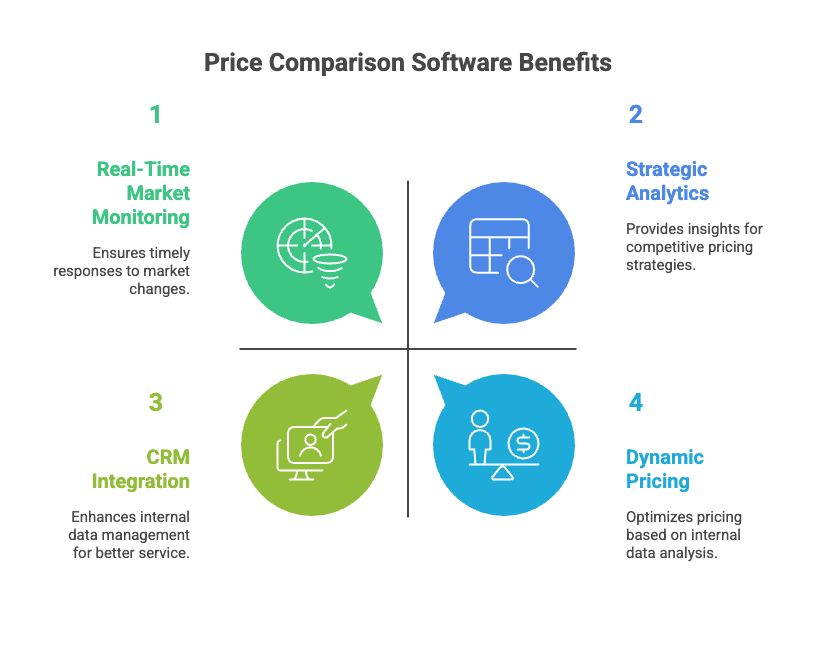
Strategic Benefits at a Glance:
- Real-time alerts for competitor price changes
- Automated repricing and reporting
- Market trend analysis and forecasting
- Integration with e-commerce, CRM, and ERP systems
- Improved customer trust and loyalty
Criteria for Choosing the Best Price Comparison Software
Not all price comparison tools are created equal. Here’s what I look for when evaluating options:
- Data Accuracy & Coverage: Does it track all the retailers or competitors you care about? Is the product matching reliable? Look for tools that capture at least .
- Ease of Use: Is the interface intuitive? Can your team actually use it without a PhD in data science?
- Integration: Does it play nicely with your e-commerce platform, CRM, or ERP? APIs and data exports are a big plus.
- Automation & Alerts: Can you set up real-time notifications and automated rules? Bulk actions are a lifesaver for large catalogs.
- Scalability: Will it handle 50 products or 50,000? Cloud-based solutions are usually more scalable.
- Reporting & Analytics: Are there dashboards, historical price charts, and custom reports?
- Support & Reliability: Is there real support if something breaks? Check user reviews and vendor reputation.
- Pricing Model: Is it free, subscription-based, or pay-per-use? Make sure it fits your budget and scale.
Different businesses have different needs. A small e-commerce shop might want simplicity and affordability, while an enterprise will need robust features and deep integrations.
The Top 11 Price Comparison Software Tools for 2025
After a lot of research (and more than a few late-night coffee runs), here are my picks for the best price comparison software in 2025. I’ve included a mix of consumer apps, business-focused platforms, and a few niche gems.
1. Google Shopping
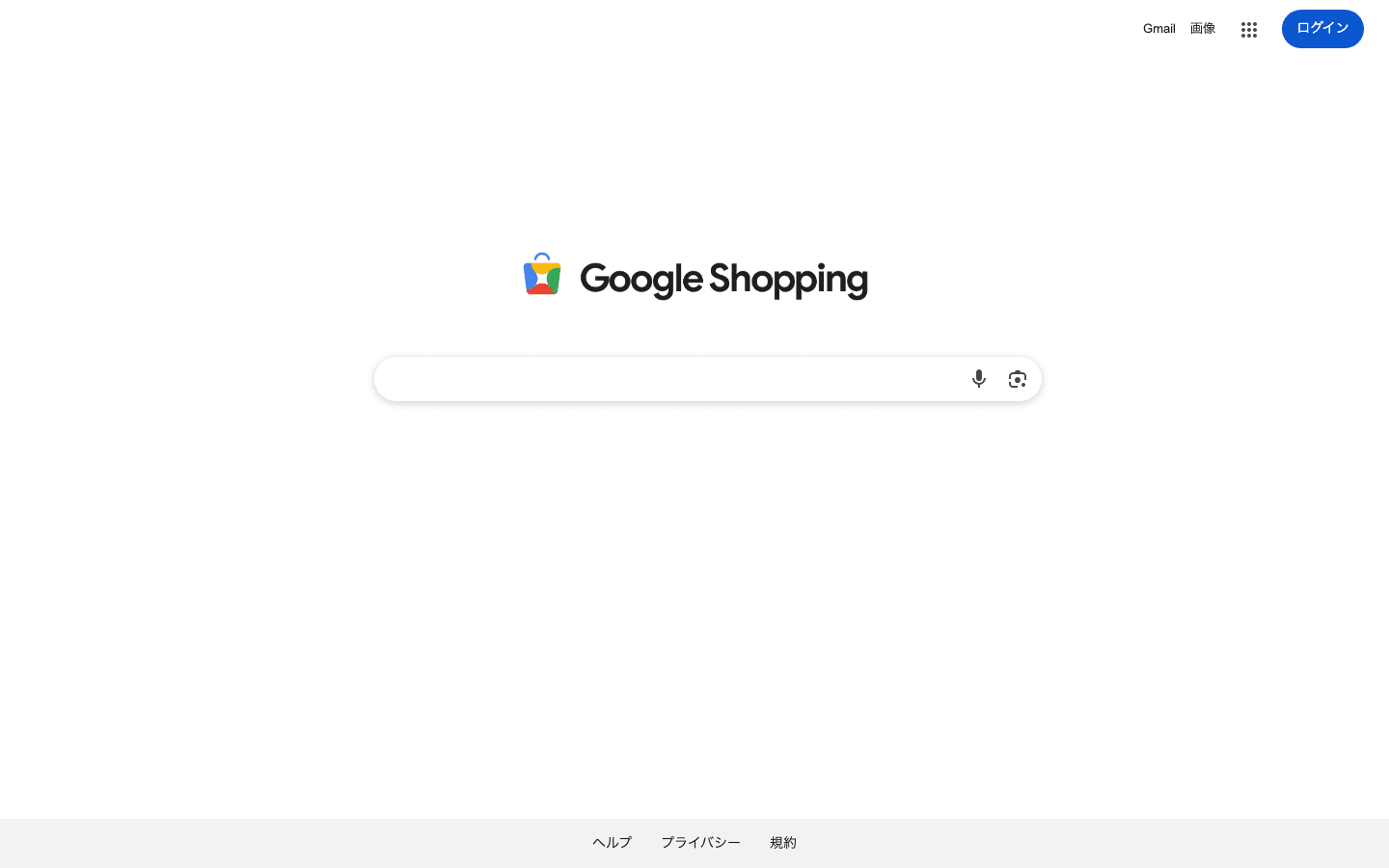
What it is: Google’s product search engine and comparison shopping platform.
Key features:
- Aggregates
- Filters by price, brand, features
- Price tracking alerts and in-store comparison via Google Lens
- Merchant Center analytics for businesses
For businesses: Upload your product feed to Google Merchant Center and get visibility in search results. Use the to see how your prices stack up.
For consumers: Instantly compare prices, check local inventory, and get notified of price drops. With using smartphones in-store to compare prices, Google Shopping is the go-to for both online and offline deals.
2. CamelCamelCamel
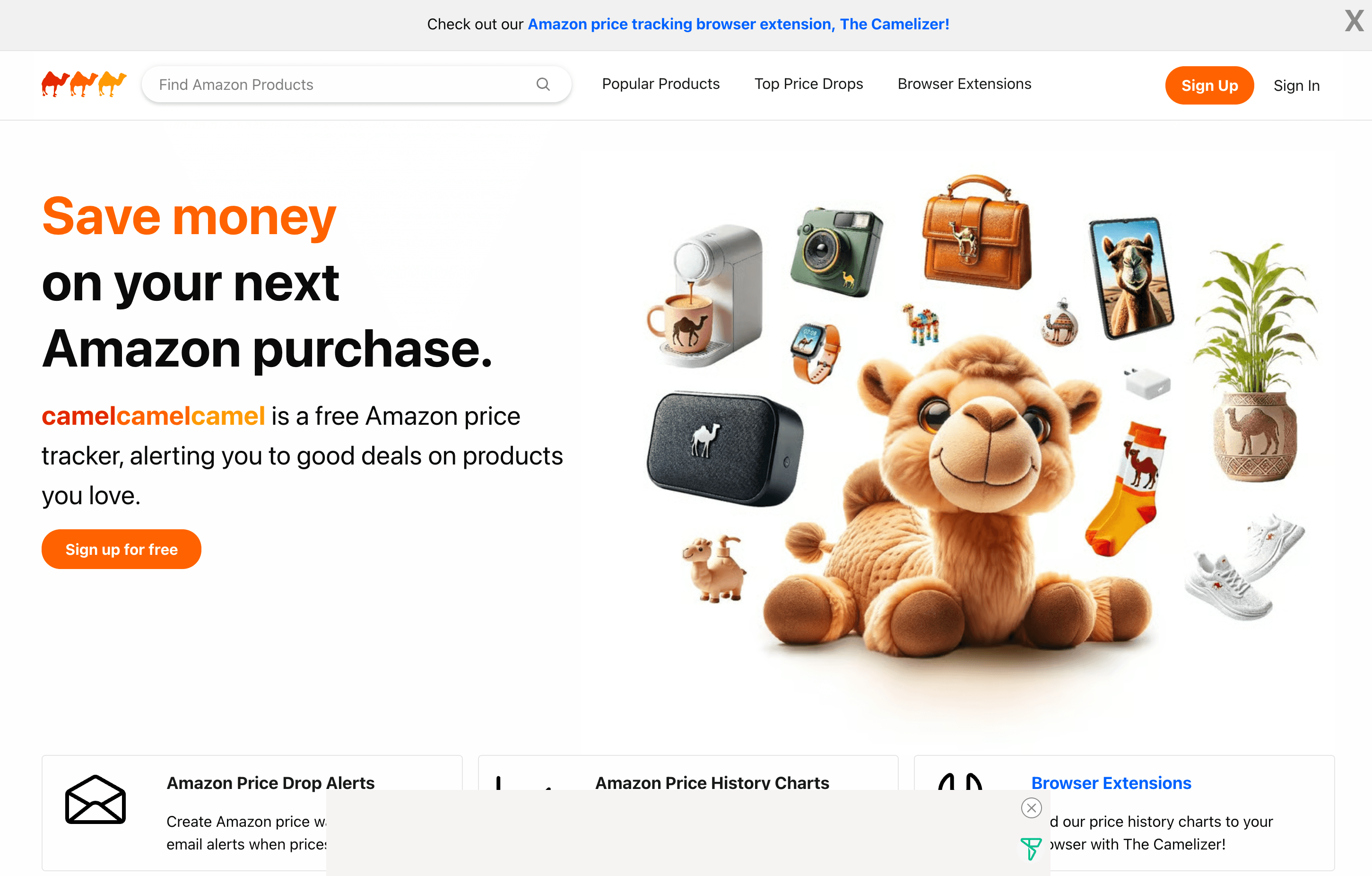
What it is: A free web-based price tracker focused on Amazon.
Key features:
- Detailed for Amazon products
- Price drop alerts via email
- “Camelizer” browser extension for instant price context
- Supports multiple Amazon regions
For businesses: Great for Amazon sellers to monitor competitor pricing and timing for promotions.
For consumers: Never overpay on Amazon again—see if today’s “deal” is really a deal, or just clever marketing.
3. BuyVia
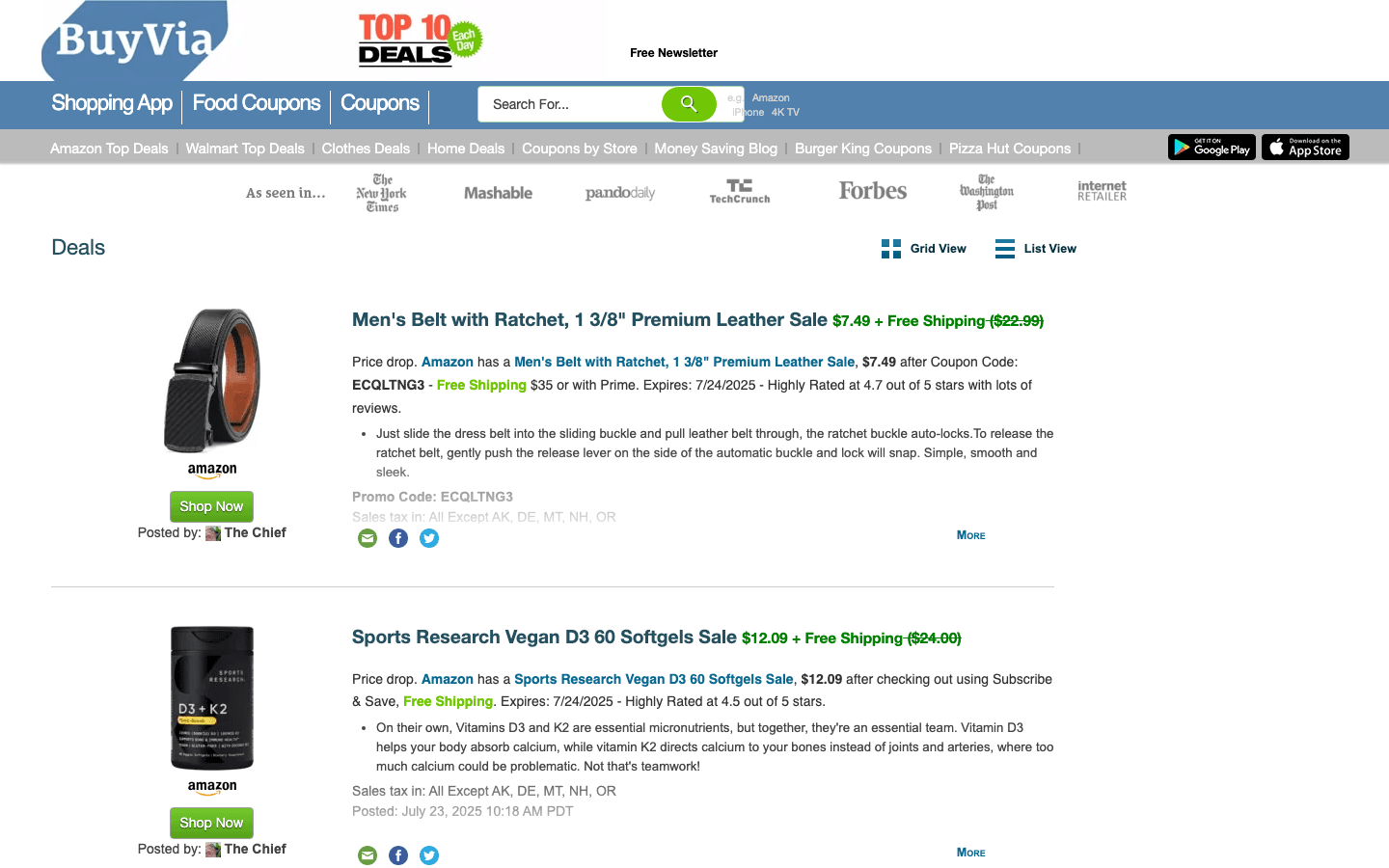
What it is: A mobile app and website for comparison shopping and deals.
Key features:
- Search and barcode scan to compare prices online and locally
- Price alerts and personalized deals
- Aggregates
- Location-based offers
For businesses: Retailers can attract deal-seeking shoppers by offering exclusive coupons through BuyVia.
For consumers: Perfect for electronics, appliances, and anyone who loves a good deal (or just hates paying full price).
4. Flipp
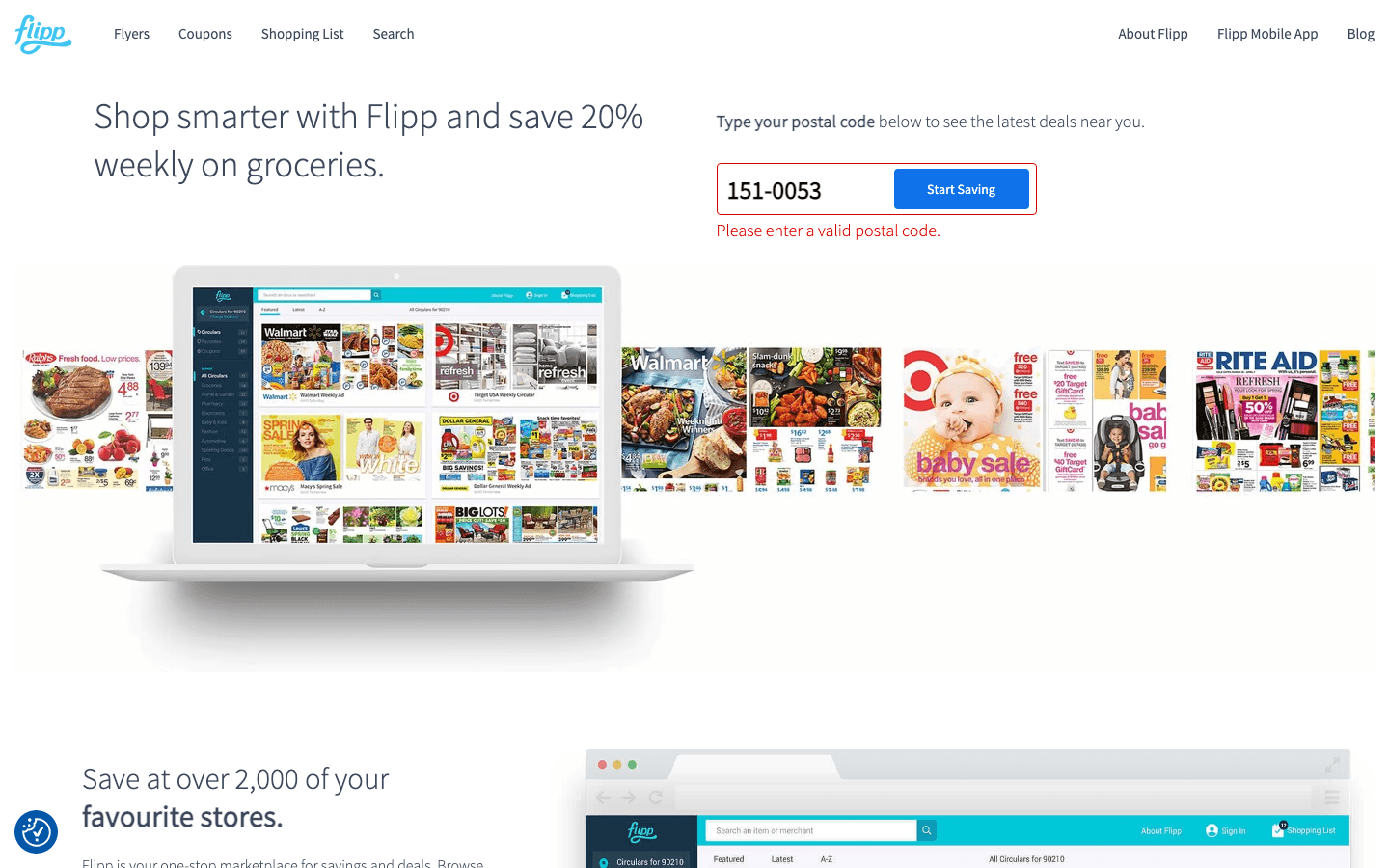
What it is: A mobile app that digitizes weekly ads, flyers, and coupons.
Key features:
- Aggregates weekly circulars from hundreds of retailers
- Searchable deals and shopping list creation
- Digital coupons and price matching
For businesses: A powerful way to promote weekly deals and reach engaged, local shoppers.
For consumers: Essential for saving on groceries and household items—no more paper flyers cluttering your kitchen.
5. Price.com
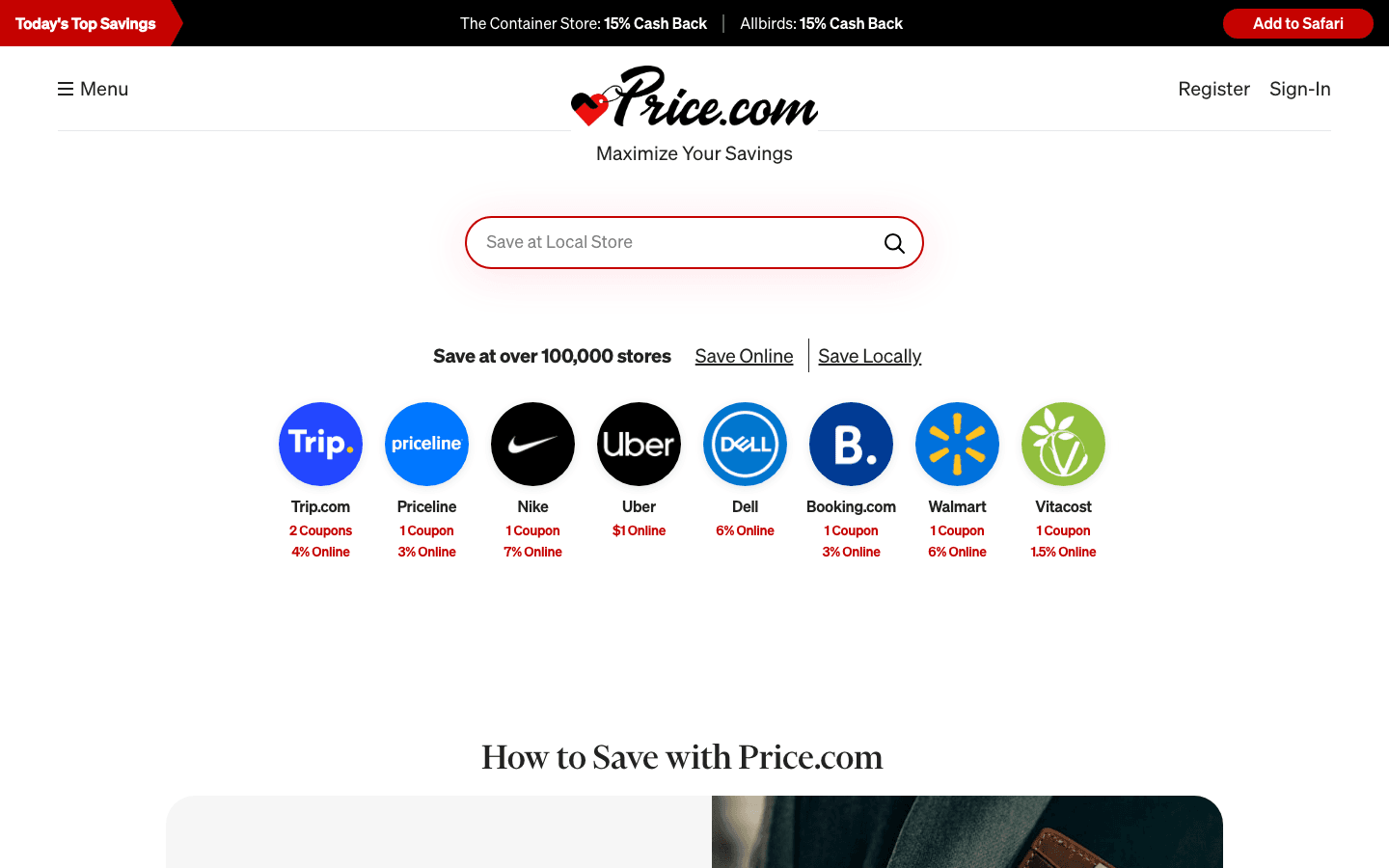
What it is: A browser extension and website that combines price comparison, coupons, cashback, and even product swaps.
Key features:
- Compares prices across
- Auto-applies coupons and finds cashback offers
- Price history graphs and price drop alerts
- Swap marketplace for trading items
For businesses: Get your products in front of savvy, deal-hunting shoppers.
For consumers: One-stop shop for savings—no more juggling multiple extensions or missing out on hidden deals.
6. PriceRunner
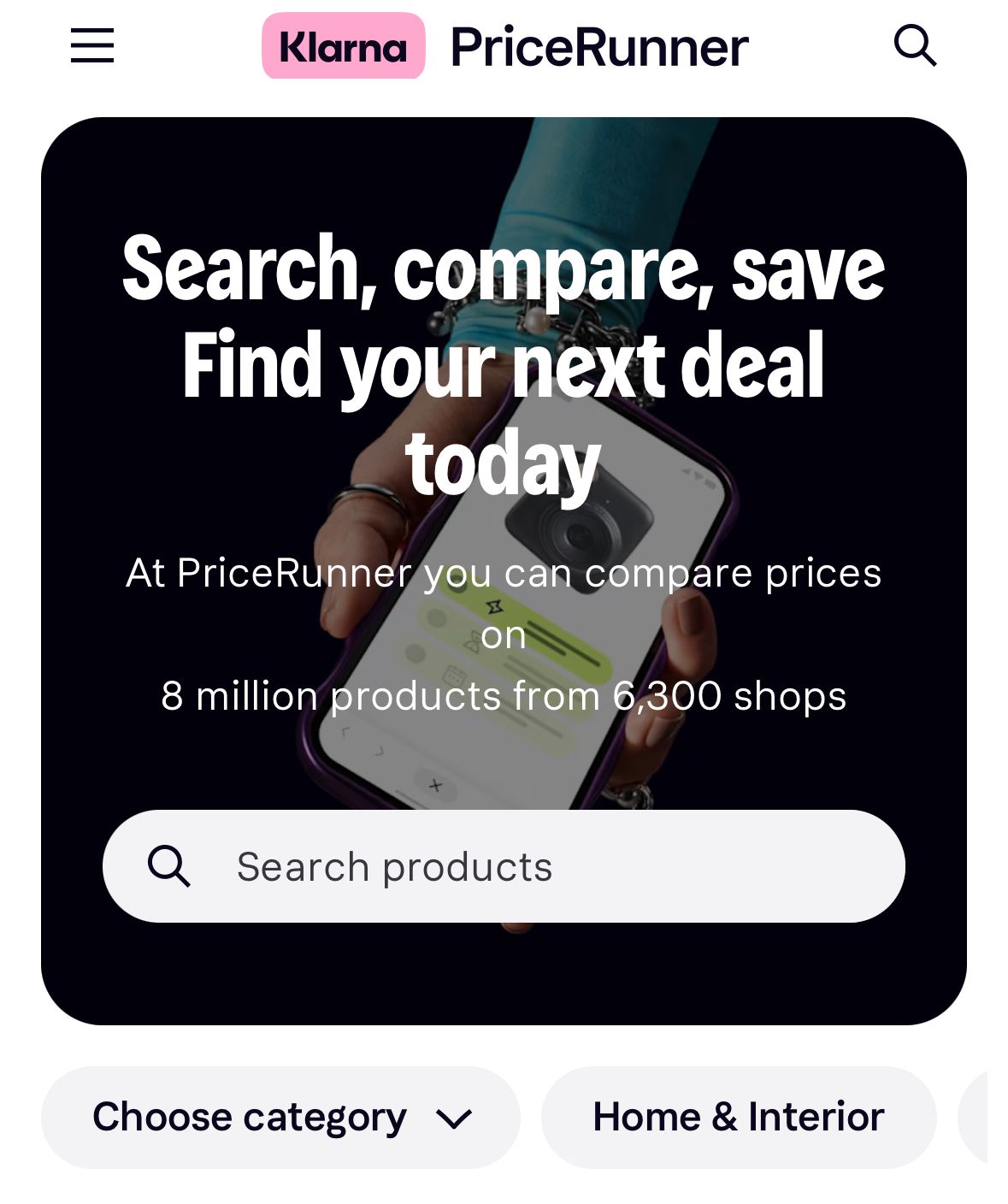
What it is: A leading price comparison website in Europe, now part of Klarna.
Key features:
- Covers UK, Sweden, Denmark, Norway, Germany, and more
- Product reviews, filters, and price history tracking
- Buyer protection program in some markets
- Free for consumers; retailers can list for free or via CPC
For businesses: Essential for visibility in European markets and for tracking local competitors.
For consumers: Trusted for tech, appliances, and high-value goods—especially in Northern Europe.
7. Idealo
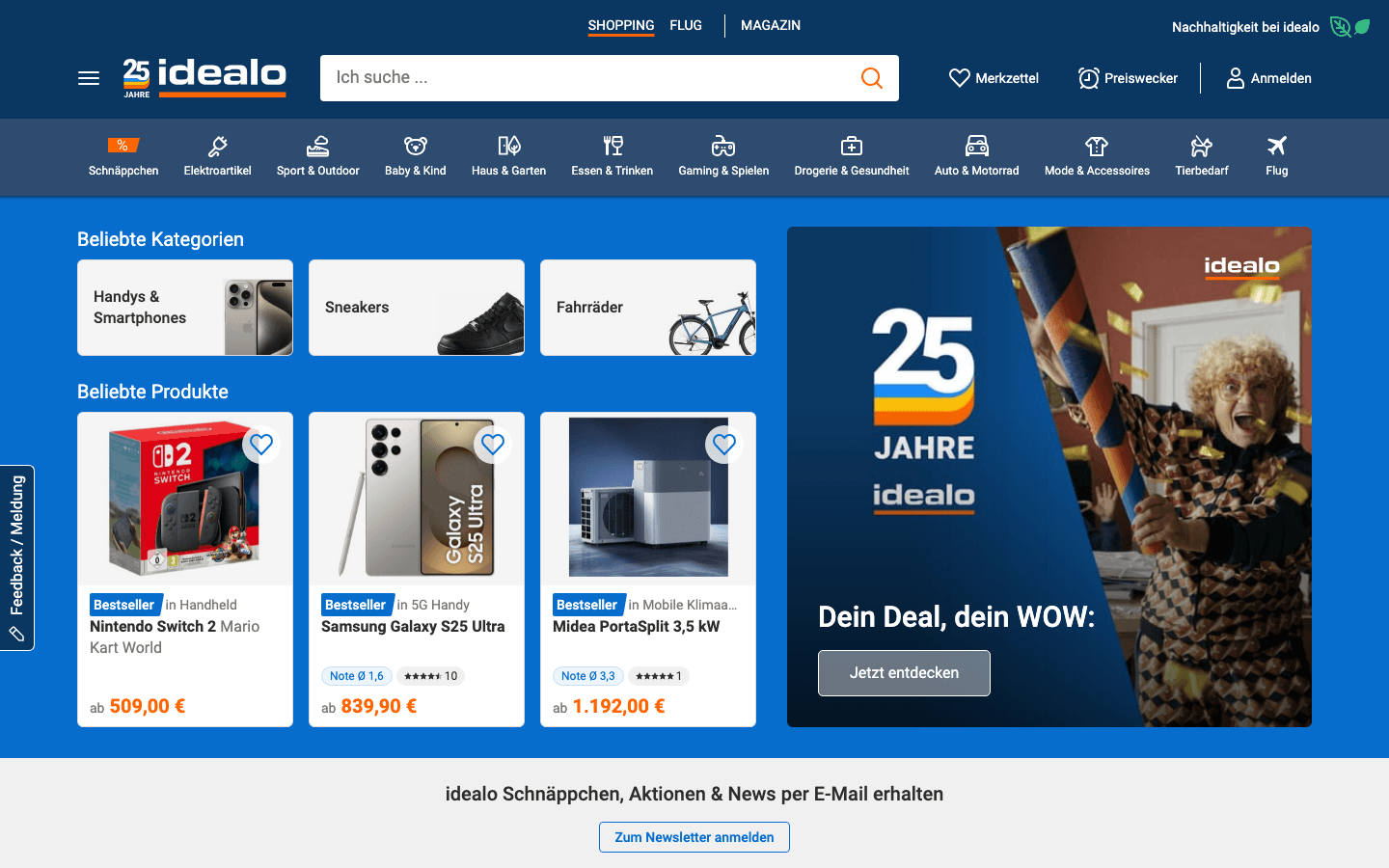
What it is: One of Europe’s largest price comparison platforms, especially strong in Germany.
Key features:
- Extensive product filters, store ratings, and price alerts
- Side-by-side product comparisons
- Community reviews and expert reports
For businesses: A must for brands and retailers targeting European consumers.
For consumers: Go-to for transparent price comparisons and trusted shop ratings.
8. PCPartPicker
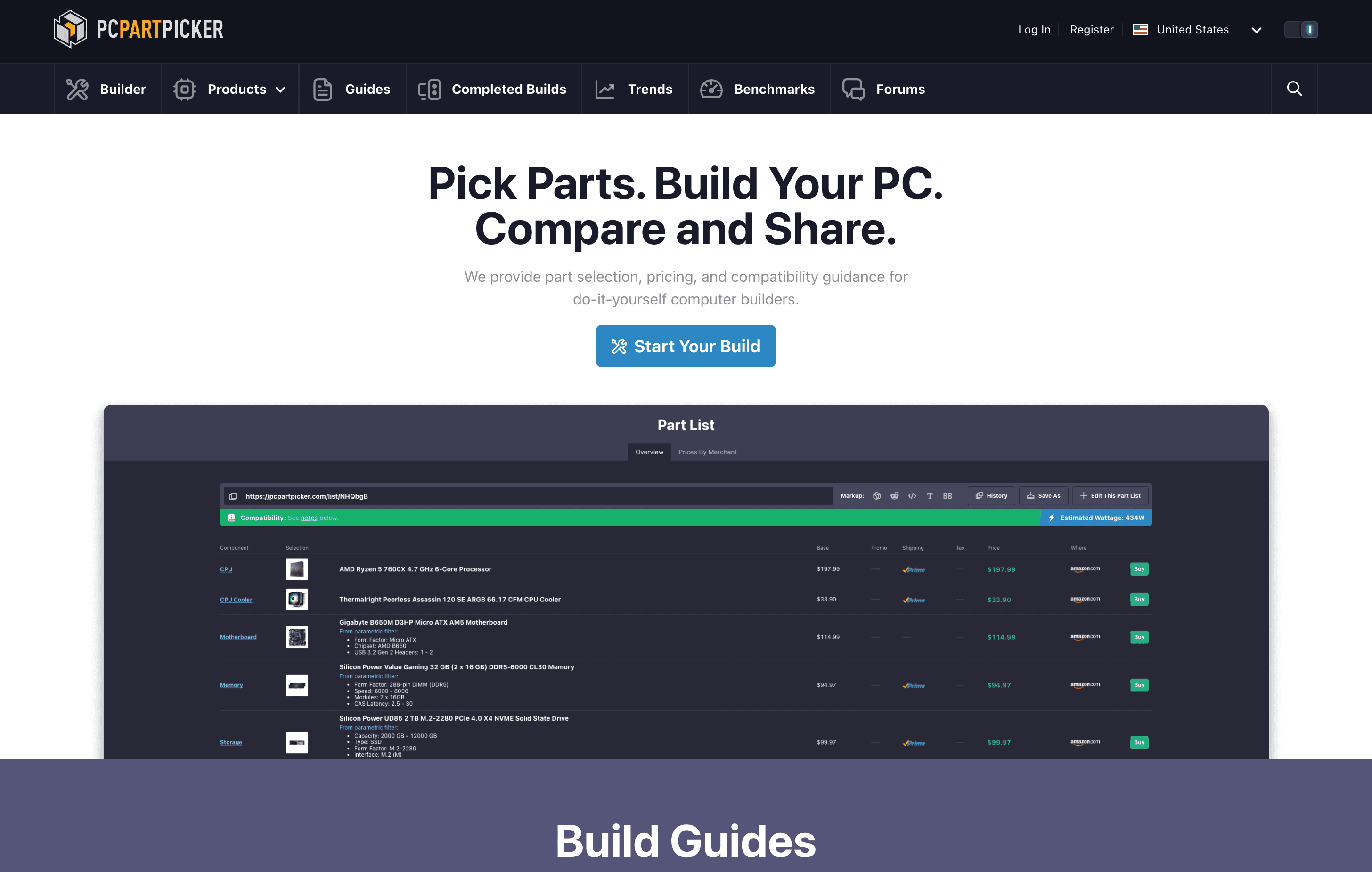
What it is: The ultimate tool for building and pricing custom PCs.
Key features:
- Build compatibility checker for PC components
- Real-time price comparison across multiple retailers
- Price history and alerts for each part
- Community sharing and build guides
For businesses: Great reference for PC shops and system integrators to benchmark prices.
For consumers: If you’re building a gaming rig or workstation, this is your new best friend.
9. Price2Spy
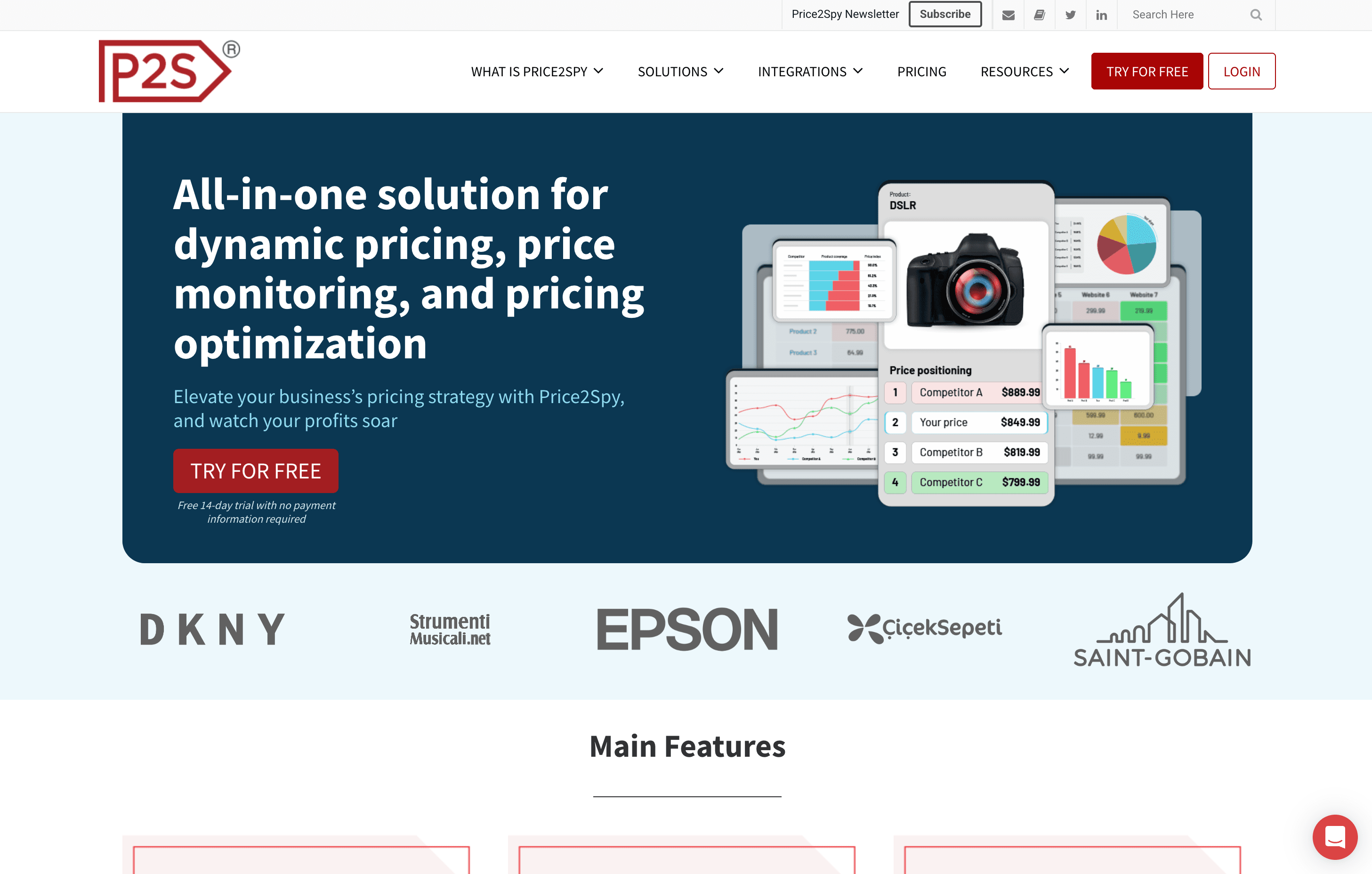
What it is: A SaaS platform for competitor price monitoring and repricing.
Key features:
- Real-time tracking and alerts for competitor prices
- Dynamic repricing rules and automation
- In-depth reporting and analytics
- API integration for e-commerce, ERP, and more
For businesses: Ideal for e-commerce retailers, brands, and manufacturers who need to monitor hundreds or thousands of SKUs.
For consumers: Not really consumer-facing, but a powerhouse for pricing teams.
10. Zyft
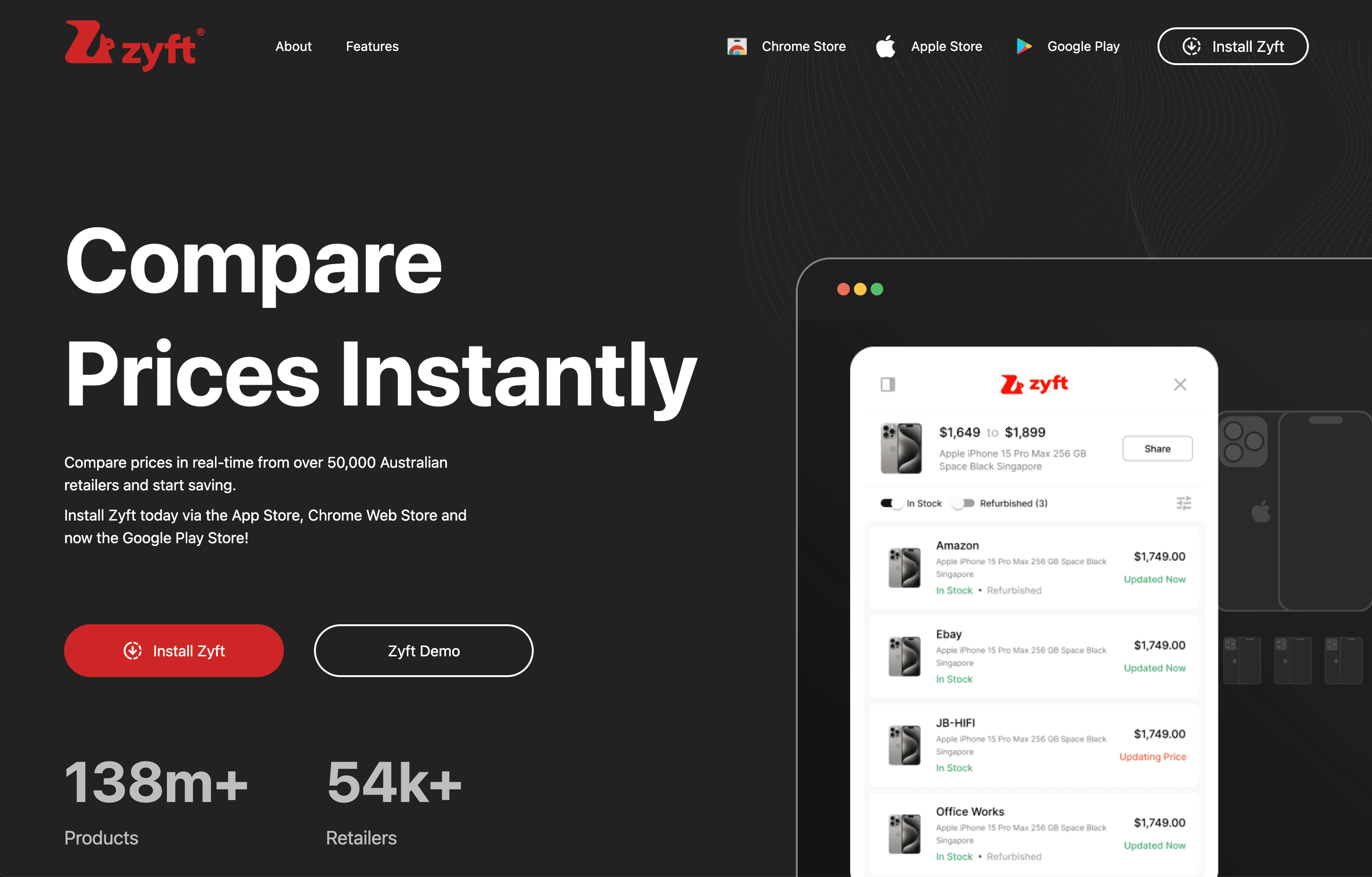
What it is: An AI-powered price comparison tool and browser extension, especially popular in Australia.
Key features:
- Instant price comparisons across
- Barcode scanning for in-store price checks
- Real-time updates and price history
- Free for users (with affiliate partnerships)
For businesses: Critical for Australian retailers to stay visible and competitive.
For consumers: Peace of mind that you’re never overpaying—whether online or in-store.
11. Vendavo
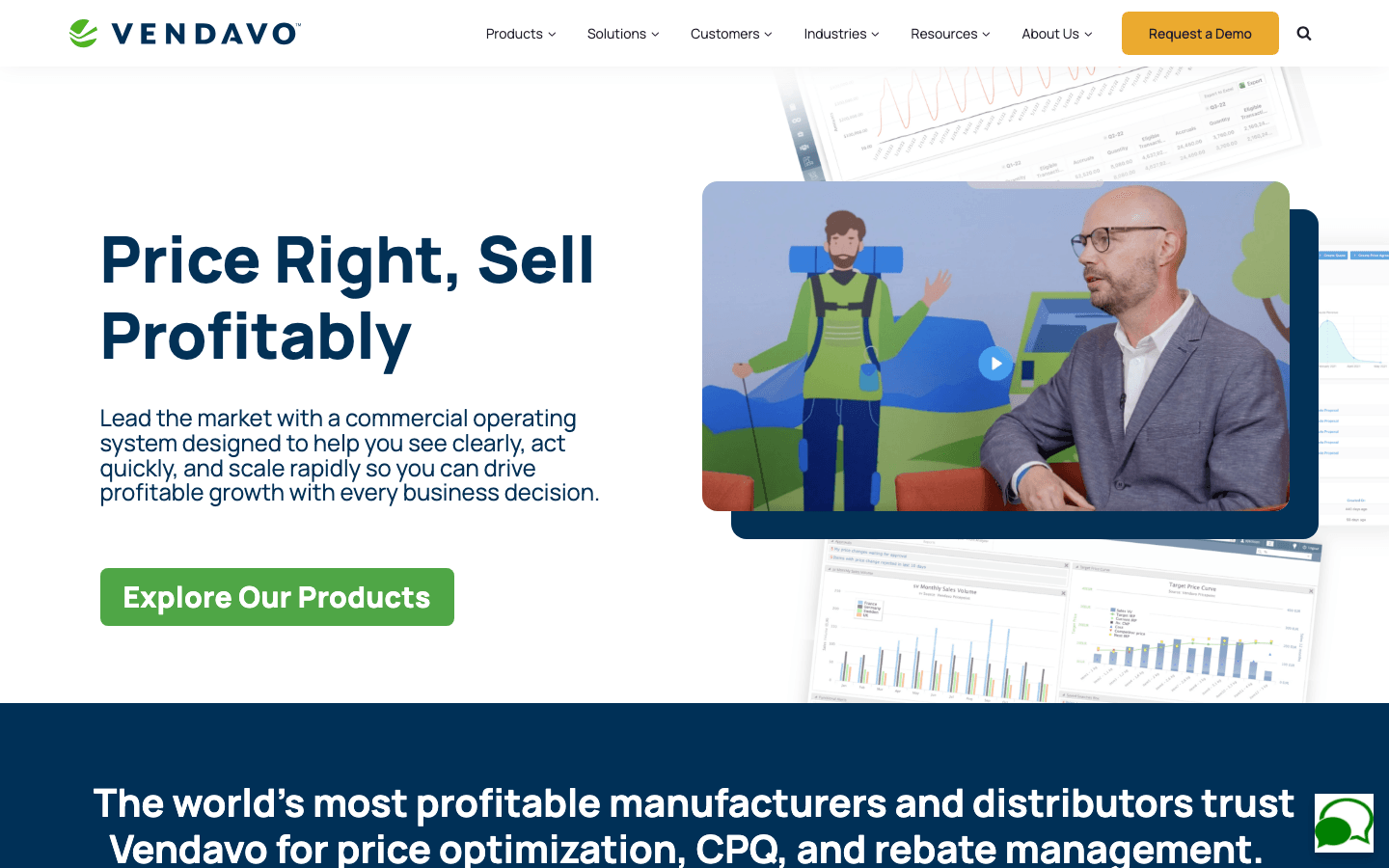
What it is: An enterprise pricing software suite for large businesses.
Key features:
- Price analytics, optimization, and profit analysis
- Dynamic pricing engine and competitor price intelligence
- CRM and CPQ integration for sales teams
- Handles complex pricing scenarios (multi-currency, channel-specific, etc.)
For businesses: Designed for manufacturers, distributors, and enterprises with complex pricing needs.
For consumers: Not a direct fit, but if you’re negotiating a big B2B deal, you can bet the other side is using something like Vendavo.
Side-by-Side Comparison Table: Price Comparison Software Tools
Here’s a quick look at how these tools stack up:
| Tool | Platform Type | Main Features | Target Users | Pricing Model | Integration | Support |
|---|---|---|---|---|---|---|
| Google Shopping | Web/mobile engine | Product search, price filters, analytics | Consumers, retailers | Free/ads for merchants | Merchant Center, Google Ads | Online help, forums |
| CamelCamelCamel | Web/extension | Amazon price history, alerts | Amazon shoppers, sellers | Free | Amazon wish list, browser ext | FAQ, user forum |
| BuyVia | Mobile/web app | Price comparison, barcode scan, coupons | Deal-seekers, retailers | Free | Web/mobile sync, location services | In-app/email support |
| Flipp | Mobile app | Weekly ads, coupons, shopping list | Grocery shoppers, retailers | Free | Loyalty cards, retailer partners | In-app help, retailer support |
| Price.com | Browser ext/web | Price comparison, coupons, cashback, swap marketplace | Online shoppers, retailers | Free/affiliate | Chrome/Firefox ext, cashback | Email helpdesk, updates |
| PriceRunner | Web (Europe) | Price comparison, reviews, price history | EU consumers, retailers | Free/CPC for merchants | Klarna, merchant feeds | Customer service, account mgr |
| Idealo | Web/mobile (Europe) | Filters, ratings, price alerts, comparisons | EU consumers, retailers | Free/commission | Merchant feeds, mobile apps | Email/phone, B2B support |
| PCPartPicker | Web (PC components) | Build checker, price lists, community | PC builders, resellers | Free/affiliate | Retailer feeds, country sites | Forums, direct contact |
| Price2Spy | SaaS | Price monitoring, repricing, analytics | E-commerce, brands, manufacturers | Subscription | API, CSV/XLS export | 24/7 support, onboarding |
| Zyft | Browser ext/mobile (Australia) | AI price comparison, barcode scan, real-time updates | AU shoppers, retailers | Free/affiliate | Chrome ext, mobile apps | FAQ, email, dev community |
| Vendavo | Enterprise SaaS/on-prem | Price optimization, analytics, CPQ, CRM integration | Enterprises | Enterprise license | ERP, CRM, API | Dedicated support, training |
How to Implement Price Comparison Software in Your Business
Rolling out price comparison software isn’t just a matter of flipping a switch. Here’s my step-by-step approach (and yes, I’ve learned a few things the hard way):
- Define Your Goals: Are you trying to monitor competitors, automate repricing, or empower your sales team? Get clear on your “why.”
- Pick the Right Tool: Match your needs to the features, scale, and integrations of the software. Request demos and involve your team in the decision.
- Prepare Your Data: Gather your key SKUs, competitor URLs, and any other relevant info. Some tools can auto-match products, others need a little manual help.
- Integrate with Your Systems: Connect the tool to your e-commerce, CRM, or ERP platforms. Even a simple CSV export can be a good start.
- Pilot and Customize: Start small—monitor a subset of products and competitors. Tweak alerts, reports, and rules based on real-world feedback.
- Develop a Pricing Strategy: Decide how you’ll react to competitor moves. Set rules for when to match, beat, or hold your price.
- Train Your Team: Make sure everyone knows how to use the tool and interpret the data. Training is key to adoption.
- Monitor Results: Track KPIs like response time to price changes, sales impact, and margin improvement.
- Avoid Pitfalls: Don’t overreact to every price drop. Use the tool as a guide, not a dictator.
- Iterate and Expand: Once you’re comfortable, scale up to more products, competitors, or advanced features.
Pro tip: Sometimes, a hybrid approach works best—using a combination of consumer-facing tools for market visibility and business-focused platforms for deep analytics.
Conclusion: Choosing the Right Price Comparison Software for 2025
In 2025, price comparison software isn’t just for deal-hunters—it’s a strategic weapon for businesses of all sizes. Whether you’re a solo entrepreneur, a growing e-commerce brand, or a global manufacturer, the right tool can help you stay competitive, protect your margins, and make smarter decisions.
Remember:
- Start with your goals.
- Match the tool to your needs and scale.
- Integrate, train, and iterate.
And don’t forget—the best software in the world is only as good as the team using it. Foster a culture of data-driven pricing, keep testing and learning, and you’ll be well on your way to pricing success.
If you’re curious about how AI can help you gather custom price data from any website (even those not covered by the big comparison engines), check out —it’s a handy addition to any pricing toolkit.
Here’s to making smarter pricing decisions and never overpaying for ramen again. Happy comparison shopping, and may your margins always be in your favor.
Want more insights on pricing, automation, and AI in business? Check out the for the latest guides and tips.
FAQs
1. What is price comparison software and who uses it?
Price comparison software is a tool that collects and displays prices for the same product or service from multiple sources, allowing users to see who offers the best deal. Consumers use these tools to save money and find the best prices, while businesses use them to monitor competitors, adjust pricing strategies, and make data-driven decisions.
2. Why is price comparison software important for businesses and consumers in 2025?
In 2025, price comparison software is essential because pricing transparency and competition are at an all-time high. Consumers expect to find the best deals quickly, and businesses need to monitor competitors in real-time to protect margins, stay competitive, and respond to dynamic market changes.
3. What features should I look for when choosing price comparison software?
Key features to consider include data accuracy and coverage, ease of use, integration with existing systems (like e-commerce platforms or CRMs), automation and real-time alerts, scalability, robust reporting and analytics, reliable support, and a pricing model that fits your budget and business size.
4. How can businesses implement price comparison software effectively?
Businesses should start by defining their goals, selecting a tool that matches their needs, preparing relevant product data, integrating the software with existing systems, piloting with a subset of products, developing a pricing strategy, training their team, monitoring results, and iterating based on feedback and performance.
5. What are some of the top price comparison software tools for 2025?
Some leading tools include Google Shopping, CamelCamelCamel, BuyVia, Flipp, Price.com, PriceRunner, Idealo, PCPartPicker, Price2Spy, Zyft, and Vendavo. Each offers unique features and caters to different user needs, ranging from consumer-focused apps to enterprise-level pricing platforms.